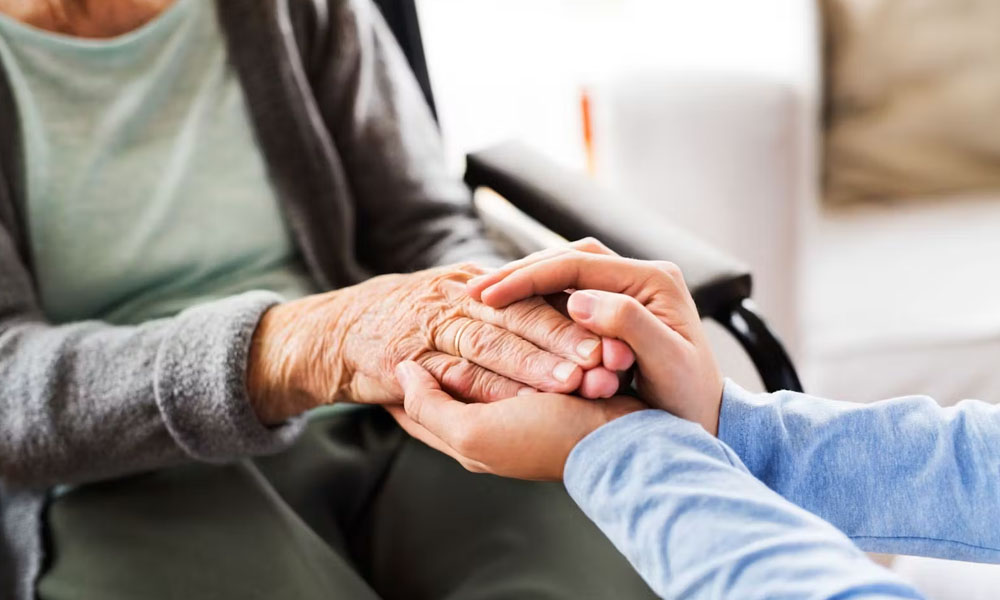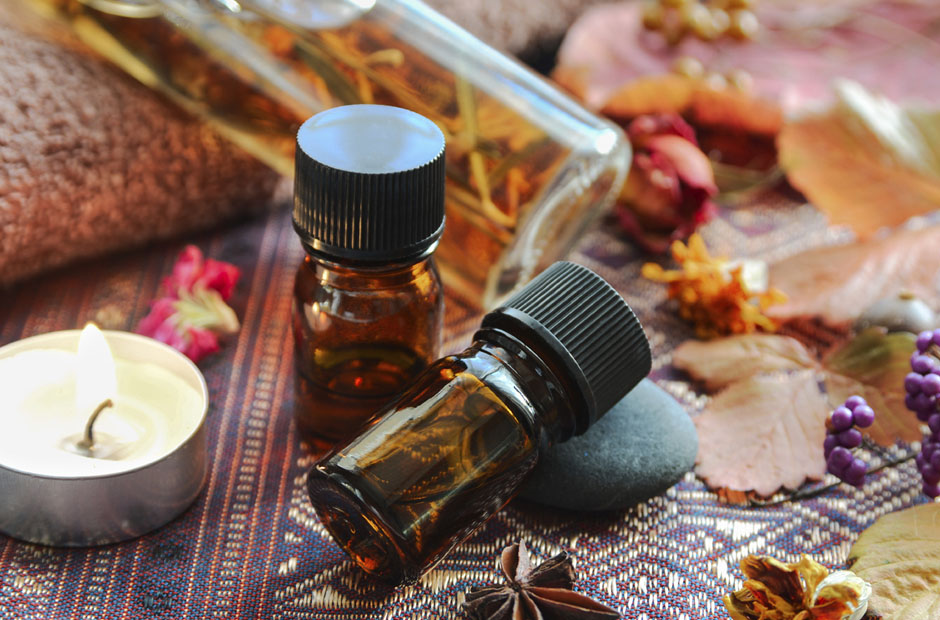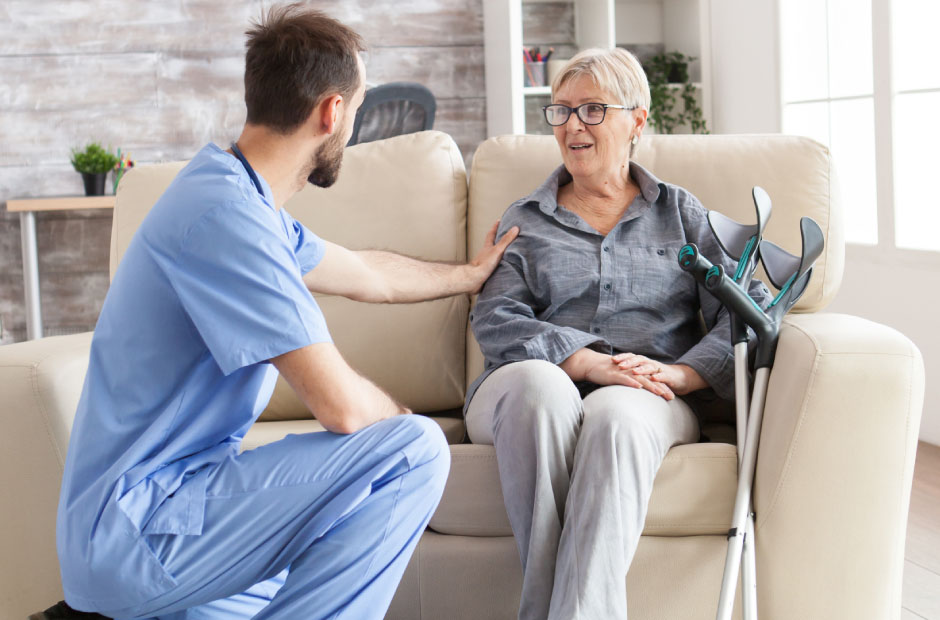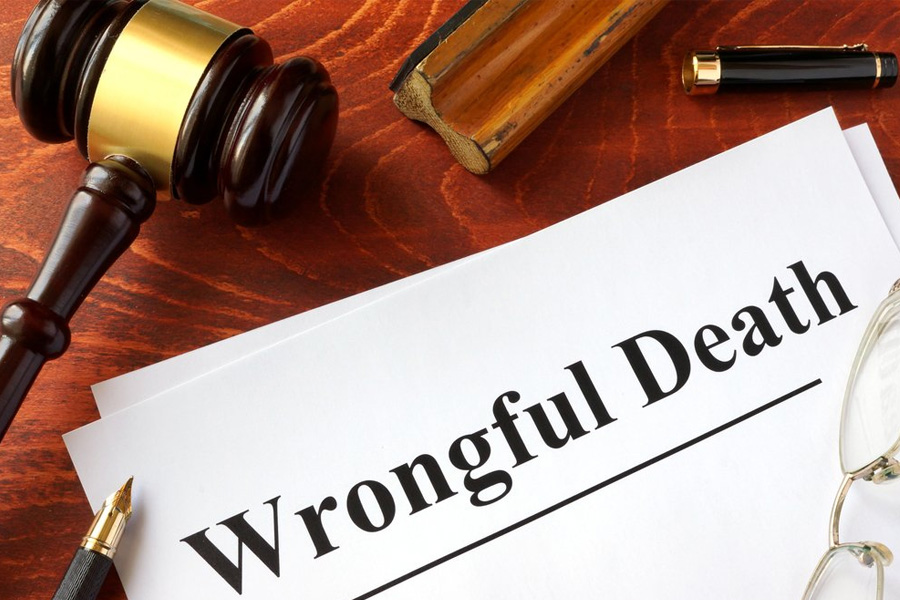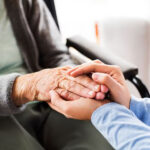Now Reading: A Path to Recovery: Understanding Addiction and How Treatment Lights the Way
-
01
A Path to Recovery: Understanding Addiction and How Treatment Lights the Way
A Path to Recovery: Understanding Addiction and How Treatment Lights the Way
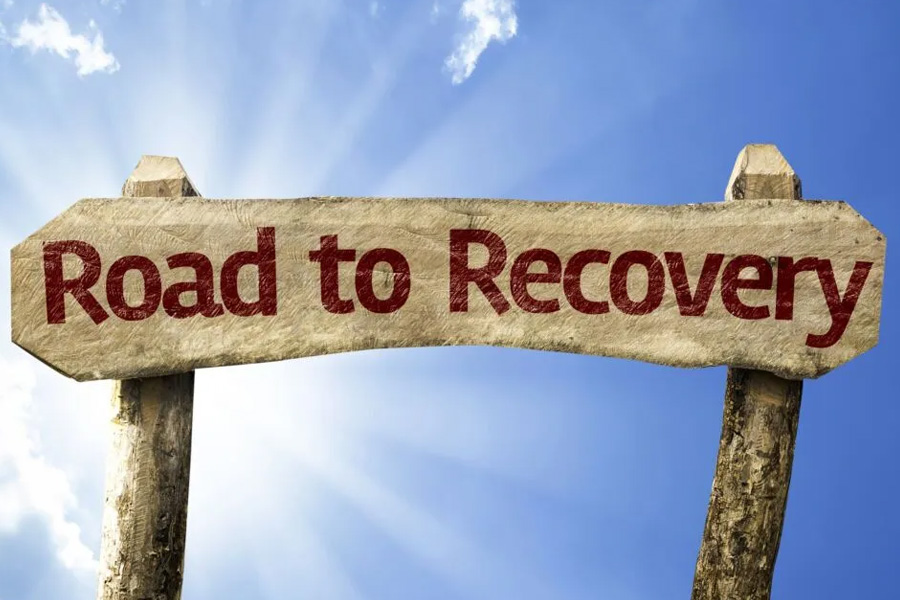
Understanding Addiction
Addiction is often painted as a moral failing, but the truth is far more cinematic and complex: it’s a chronic brain disorder that hijacks reward, motivation, and self-control. People don’t choose to become addicted the way they choose their favorite song; addiction gradually rewires the circuits that make us feel pleasure, remember rewards, and make decisions. Over time, the pursuit of whatever provides that hit — whether a substance or a behavior — becomes compulsive, even when it causes serious harm.
Common Types of Addictions
Addiction wears many costumes. Substance addictions include alcohol, opioids, stimulants, and other drugs — each with distinct physical and psychological footprints. Behavioral addictions — like gambling, gaming, shopping, or food-related compulsions — can be just as destructive, quietly draining relationships, time, and resources. What ties them together is the loss of control and the way reward pathways insist the behavior continue.
The Science Behind Addiction
At the heart of addiction is the brain’s reward system. Dopamine, the neurotransmitter of “want,” floods the system during pleasurable experiences. Repeated exposure to an addictive substance or behavior trains the brain to expect that sensation, and the system adapts: tolerance builds, natural rewards shrink, and withdrawal symptoms appear when the stimulus is removed. The brain’s plasticity makes recovery possible — but it also explains why relapse is common and why gentle, sustained interventions work best.
The Importance of Seeking Treatment
Recognizing the Signs
Addiction often announces itself with changes: growing tolerance, withdrawal symptoms, missed responsibilities, and failed attempts to quit. But the quiet signs matter too — secrecy, emotional withdrawal, and a shrinking world centered on the object of addiction.
The Impact on Individuals and Society
The fallout from addiction extends beyond the individual: relationships fray, jobs are lost, healthcare costs rise, and communities feel the ripple. Recovery restores more than health; it rebuilds trust, productivity, and the small daily rituals that make life steady.
Addiction Treatment Options
There isn’t one single road out, but a map of choices — each route tailored to the person’s needs, severity, and circumstances.
Detoxification
Detox is the physical clearing of a substance from the body and is often the first, necessary step. It can be medically supervised to manage withdrawal and reduce risk, because some withdrawals can be physically dangerous.
Inpatient Rehabilitation
Inpatient programs place someone in a structured environment with 24/7 support — ideal for severe addiction or situations where outside triggers make sobriety unrealistic. It’s intensive, immersive, and deliberately isolating to allow focus on recovery.
Outpatient Programs
Outpatient care fits around everyday life: therapy sessions, group meetings, and medical check-ins while someone lives at home. It’s flexible and works well when daily responsibilities and a supportive environment make it possible.
Therapy and Counseling
Cognitive-behavioral therapy, motivational interviewing, family therapy, and peer groups help people understand why they use, change harmful patterns, and build coping skills. Therapy is where the story behind the addiction gets rewritten.
Medication-Assisted Treatment
For certain substance addictions, medications can reduce cravings and ease withdrawal, forming a bridge to behavioral therapy and longer-term recovery. When combined with counseling, medication can markedly improve outcomes.
The Recovery Process
Setting Realistic Goals
Recovery isn’t a single heroic leap; it’s a series of intentional steps. Small, measurable goals — a week of sobriety, rebuilding a relationship, returning to work — add up into sustained change.
Support Systems
Friends, family, mentors, and peer groups are the scaffolding that keeps someone standing when cravings hit. The right mix of accountability and empathy matters more than pep talks.
Relapse Prevention
Relapse is a common chapter, not an automatic failure. Learning triggers, building coping strategies, and having a relapse plan reduces shame and turns setbacks into learning opportunities.
Choosing the Right Treatment Center
Location and Facilities
A center’s physical setting can shape recovery: tranquil, safe facilities reduce stress and support healing, while proximity to family and work affects practicality and long-term commitment.
Accreditation and Credentials
Accredited programs with qualified clinicians, licensed counselors, and medical oversight offer safer, evidence-based care. Credentials matter because lives do.
Individualized Treatment Plans
One-size-fits-all doesn’t cut it. Effective programs assess history, co-occurring mental health issues, and social needs to craft personalized plans that evolve over time.
Insurance and Payment Options
Understanding coverage ahead of time reduces stress and increases access. Many centers help navigate insurance, sliding scales, or financing to keep treatment realistic.
Support for Families and Loved Ones
Addiction is a family story as much as an individual one. Family therapy, education, and support groups help loved ones heal, set boundaries, and learn how to support recovery without enabling harmful patterns.
Overcoming Stigma
Stigma keeps people quiet and untreated. When communities talk plainly about addiction as a health issue, people ask for help sooner and recovery becomes less isolating. Language matters — speak of people first, not conditions.
Life After Treatment
Ongoing Recovery
Treatment often seeds recovery, but long-term wellness grows with continued therapy, support groups, and sustainable routines. Ongoing care reduces relapse risk and helps rebuild life in practical ways.
Reintegration into Society
Work, housing, social connections, and meaningful routines are part of rebuilding. Programs that support vocational training, education, and stable housing make recovery durable.
Success Stories
Anecdotes of recovery aren’t just inspiration; they’re proof that change is possible. Hearing how others navigated relapse, rebuilt relationships, and found meaning can flip the switch from “I can’t” to “I can.”
The Role of Healthcare Professionals
Doctors, psychiatrists, therapists, and nurses diagnose co-occurring disorders, prescribe and monitor medications, and provide the structured care that turns chaotic moments into manageable steps. Their coordination often makes the difference between fragmented attempts and a coherent treatment journey.
Government and Community Initiatives
Public health campaigns, funding for treatment, naloxone distribution, and community-based programs help reduce harm and expand access. Local initiatives often bridge gaps left by larger systems, offering targeted support where it’s needed most.
Holistic Approaches to Treatment
Some people benefit from approaches that treat the whole person: nutrition, exercise, mindfulness, art therapy, and spiritual practices can complement medical and psychological care. These approaches don’t replace evidence-based methods — they enhance them.
FAQ
What is addiction, in simple terms?
Addiction is a chronic brain disorder where the pursuit of a rewarding substance or behavior becomes compulsive despite negative consequences. It changes how the brain experiences reward and decision-making.
How do you know when to seek treatment?
Seek treatment when use impacts daily life, relationships, work, or health, or when attempts to cut back repeatedly fail. Early help often prevents more severe consequences.
What does detox involve?
Detox focuses on safely clearing the body of a substance and managing withdrawal symptoms, often under medical supervision. It’s a first step, not a complete treatment.
Is inpatient treatment better than outpatient?
Neither is universally better; inpatient care offers intensive support for severe cases, while outpatient allows flexibility for those with stable environments and milder needs. The right choice depends on severity and support systems.
Can therapy alone help with addiction?
Therapy is a cornerstone of effective treatment, especially when paired with medical care or medication when needed. It helps address underlying causes and build relapse prevention skills.
Are relapses normal?
Relapse is common and can be part of the recovery process; it signals the need to adjust the treatment plan, not to give up. Many people achieve long-term recovery after setbacks.
How can families support someone in recovery?
Families can support by learning about addiction, setting boundaries, offering emotional support, and participating in family therapy to rebuild trust and communication.
Are there medications for addiction?
Yes — for certain substance use disorders, medications can reduce cravings and withdrawal, and they work best alongside counseling and behavioral therapies.


